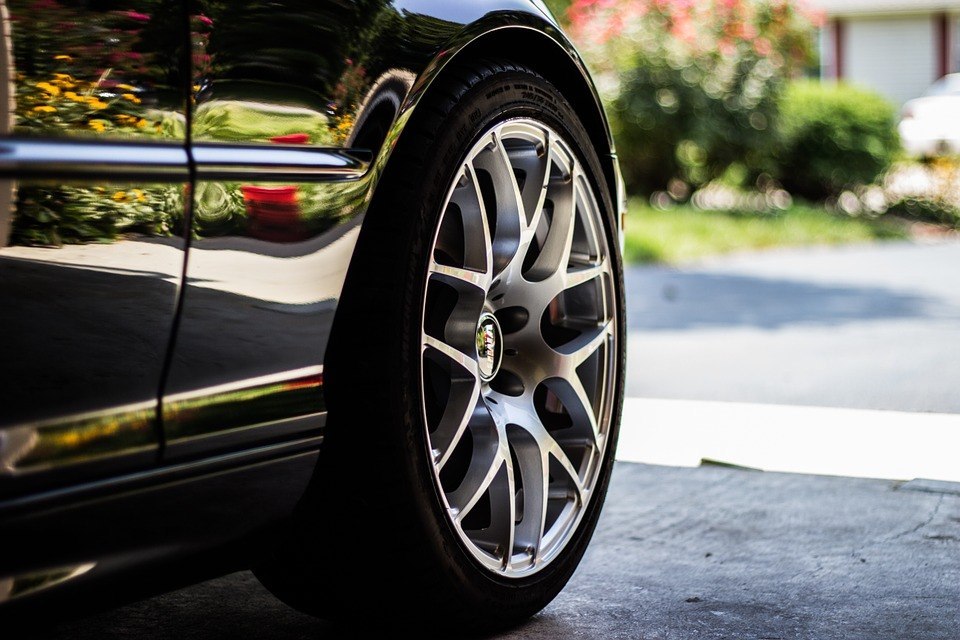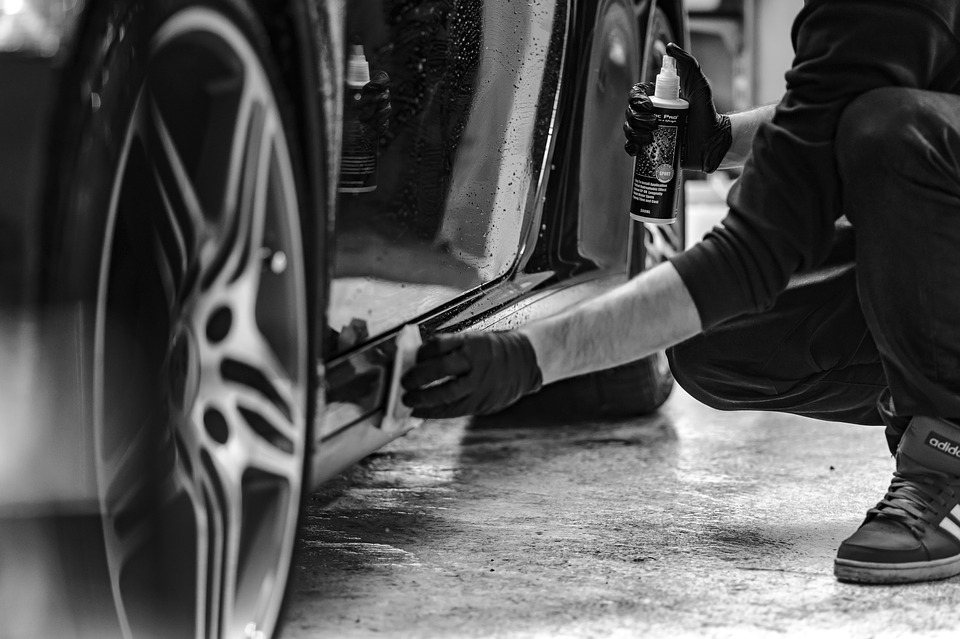You Can Save More by Spending Annually on Your Car – Opt Fuel Efficient Tires
Heard about fuel-efficient tires? Of course. It isn’t new in the block. Fuel-efficient tires are now making rounds in the market for quite some time now. These fuel-efficient tires save about 1.05% to 4.0% per gallon as compared to traditional tires that do not have low rolling resistance features. The tires play a vital role in saving on gas and by providing the best gas mileage possible. The air pressure of the tires also contributes to fuel consumption. Therefore, it requires checking at regular intervals.
The fuel-efficient tires also identify themselves by the names green-tires and eco-tires. The names are suitable as they successfully contribute to the environment by saving the non-renewable resource and reducing the harmful emissions.

Eco-friendly tires are essentially another name for tires with a low moving obstruction. Moving opposition is the proportion of "compel at the hub toward movement required to make a stacked tire roll". In English, this implies moving opposition estimates how much exertion the vehicle needs to make so as to roll the tires along the asphalt. So essentially, tires with lower moving opposition limit the measure of vitality (fuel) required to move the vehicle.
Check your tires. Keeping your tires appropriately expanded and adjusted spares fuel by diminishing the measure of drag your motor must survive. Make a point to kick it into high gear opposition (LRR) tires. Tires that lessen moving opposition by 10 percent can improve gas mileage by one to two percent for most traveler vehicles.^1 They are currently increasingly regular on new vehicles, so at times it is only an issue of purchasing another arrangement of a similar thing.
The Mechanism and The Functioning of These Fuel-Efficient Tires
Rolling resistance of a tire is the measure of "the force of the axle in the direction of the moving vehicle requiring to move the loaded tire." To simplify in layman's terms, it is the measure of the effort that the car has to put into making the tires roll along the roadside.
The tread pattern has a great impact on the rolling of the tires. Smaller designs arranged in the circumferential rows roll more efficiently than other patterns in comparison. The sidewalls are built stiffer in fuel-efficient tires. That is because stiffer sidewalls of the tires reduce heat generation from the tires. This way the tires remain cool for a longer time. Less heat means lesser the use of fuel.
The usage of new materials minimizes the amount of energy (in the form of fuel), required to move the vehicle. Maintaining the correct air pressure of the tires is important for the optimum use of the fuel. It is irrespective of the fact whether the tires used are fuel efficient or not. The driving nature of the vehicle also contributes to the consumption of fuel. Rough driving where the accelerators are highly in use along with the harder pressing of the brakes puts a stress on the engine and eventually ends up using more fuel.

Getting The Most Out of The Fuel-Efficient Tires
Fuel efficient tires may initially pinch the pocket, but it is worth an investment. Looking at the larger picture, the fuel-efficient tires save 4% fuel on an average, yearly. 4% of fuel costs a lot and saving it becomes a lot cheaper.
There are certain factors at play that help in getting the most out of the fuel-efficient tires.
Pneumatic Force
Tires that are collapsed by 8 psi can build moving opposition by as much as 20%! Check your tires for the suitable pneumatic force on a month to month premise. Maker's determinations will be unmistakable on the external mass of your tires, so pursue that rule when you fill your tires.
Tracks
The more profound the tracks, the more regrettable your gas mileage will be. Track enables your tires to snatch the black-top in severe climate and when you need to brake all of a sudden, however the normal urban driver just needs so much get. Racing vehicle driver’s utilize bare tires called, "slicks" since the absence of track improves efficiency and expands speed, however satisfactory track is fundamental for ordinary driving.
At the opposite end of the track range are the thick, bumpy, rough terrain tracks. Fiendish looking and equipped for pawing through the fudgiest mud, however they will corrupt your efficiency altogether. Except if you should invest a large portion of your energy off cleared surfaces, it will be to your greatest advantage to trade the rough terrain tracks for customary tires.
Tire Measure
Littler tires on a littler wheel are simpler to get going from those numerous stops we make driving in the city. This is on the grounds that the bundle in general gauges less and causes less rubbing or moving opposition than a heavier, bigger wheel.
That being stated, bigger wheels are better for interstate driving since littler wheels put more work on your motor, delivering higher. All R.P.M's a cruising speed.
A few drivers need to change the span of the tires they put on their vehicle, yet the best tires for ideal fuel mileage are the stock tires suggested by the vehicle maker in your proprietor's manual.
Wheel type
In case you're hoping to alter your wheels or are thinking about changing the measure of your tires, settle on a lighter composite wheel over steel wheels. You should think about the heaviness of your vehicle and regardless of whether you convey loads since wheels have an assigned burden limit. Consider the measure of the tire those requirements to fit the wheel also! You won't be any happier if your lighter wheel requires a more extensive tire that causes all the more moving obstruction at any rate. Know that if your new wheel requires the tires to have a shorter side divider, this will bring down your heap limit.
Go on and save on the yearly fuel bill by replacing the traditional non-rolling low resistance tires with the best tires for gas mileage.
